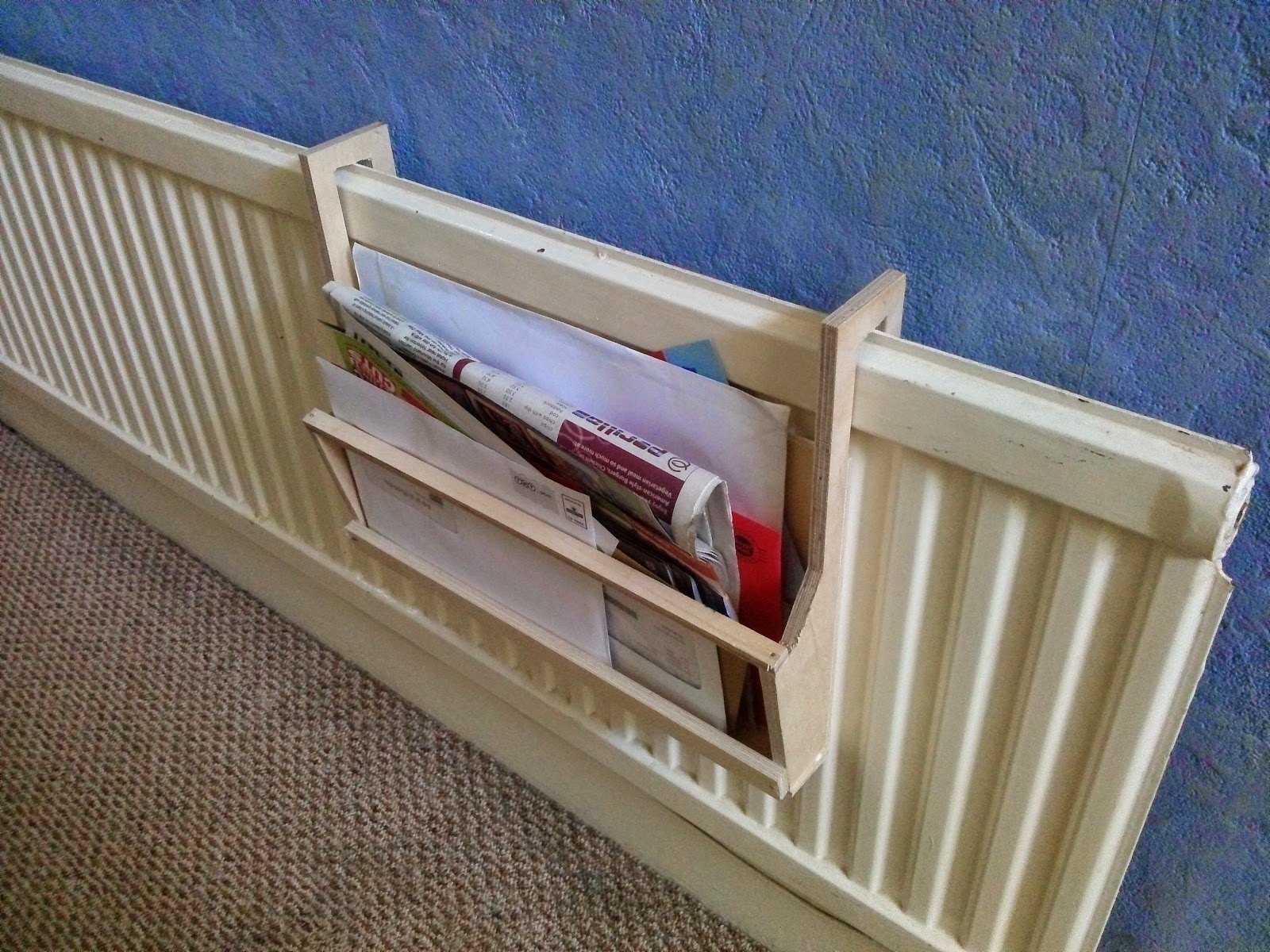Turning a laptop screen into an external monitor.

So my old Dell L502x died. However most of the components were fine, it's just the motherboard that seemed to be down with a case of water damage. So along with turning the chassis of the laptop into a dock/stand for my new laptop I wanted to turn the laptop's screen into an external monitor. So the first thing I did was extract the panel from the housing to take a look at the model number and the interface. If you're looking to do this yourself just look up the documentation for your laptop or go to ifixit.com and look it up. Fortunately Dell has excellent documentation and a pretty straightforward teardown process.



